Suffrage activists didn’t let the centennial of the Declaration of Independence pass in 1876 without a demonstration. In this chapter of her memoir, Elizabeth Cady Stanton explains the preparations associated with traveling to Philadelphia to make the point that the American Revolution remained unfinished as long as women were denied the ballot and basic civil rights.
Chapter XVIII: The Spirit of ’76
THE year 1876 was one of intense excitement and laborious activity throughout the country. The anticipation of the centennial birthday of the Republic, to be celebrated in Philadelphia, stirred the patriotism of the people to the highest point of enthusiasm. As each state was to be represented in the great exhibition, local pride added another element to the public interest. Then, too, everyone who could possibly afford the journey was making busy preparations to spend the Fourth of July, the natal day of the Republic, ‘mid the scenes where the Declaration of Independence was issued in 1776, the government inaugurated, and the first national councils were held.
MAKING JULY 4TH A WOMAN’S DAY
Those interested in women’s political rights decided to make the Fourth a woman’s day, and to celebrate the occasion, in their various localities, by delivering orations and reading their own declaration of rights, with dinners and picnics in the town halls or groves, as most convenient. But many from every state in the Union made their arrangements to spend the historic period in Philadelphia. Owing, also, to the large number of foreigners who came over to join in the festivities, that city was crammed to its utmost capacity. With the crowd and excessive heat, comfort was everywhere sacrificed to curiosity. . . .
As the lyceum season lasted from October to June, I was late in reaching Philadelphia. Appropriate headquarters for the National Suffrage Association had been found on the lower floor of No. 143 1 Chestnut Street. As it was the year for nominating candidates for the presidency of the United States, the Republicans and Democrats were about to hold their great conventions. Hence letters were to be written to them recommending a woman suffrage plank in their
platforms, and asking seats for women in the conventions, with the privilege of being heard in their own behalf.
WRITING THE WOMAN’S DECLARATION OF RIGHTS
Then it was thought pre-eminently proper that a Woman’s Declaration of Rights should be issued. Days and nights were spent over that document. After many twists from analytical tweezers, with a critical consideration of every word and sentence, it was at last, by a consensus of the competent, pronounced very good. Thousands were ordered to be printed, and were folded, put in envelopes, stamped, directed, and scattered. Miss Anthony, Mrs. Gage, and I worked sixteen hours a day, pressing everyone who came in, into the service, and late at night carrying immense bundles to be mailed. With meetings, receptions, and a succession of visitors, all of whom we plied with woman suffrage literature, we felt we had accomplished a great educational work.
Coming soon: Part II. The “Spirit of 1776” suffrage campaign wagon carried on the theme of the national suffrage movement, which was the unfinished American Revolution. Photo: Tom Walsh. Celebrate women’s freedom to vote. Visit our main news channel platform.
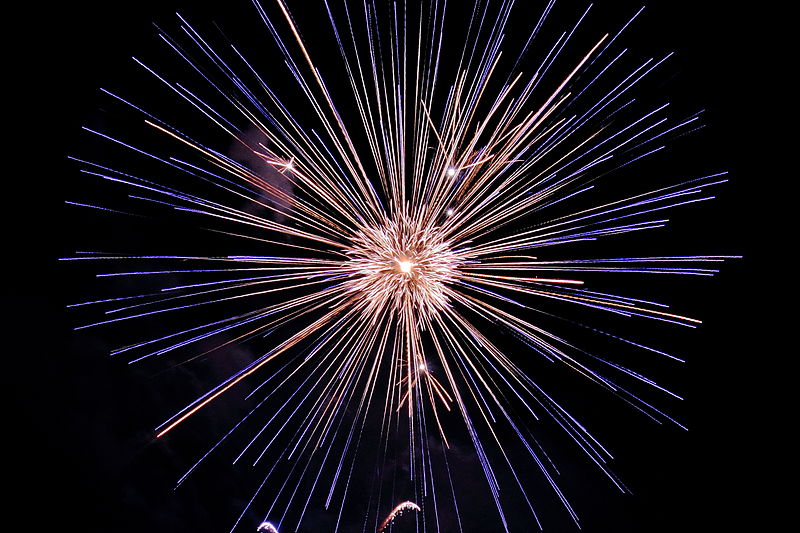
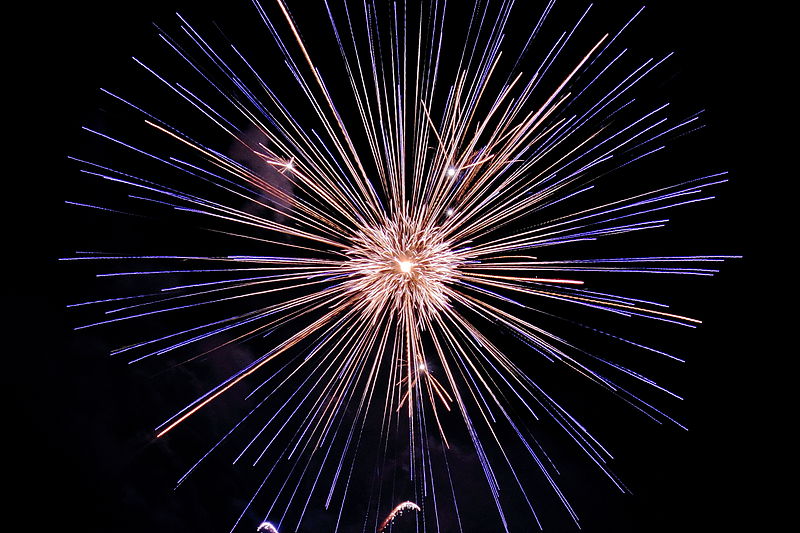
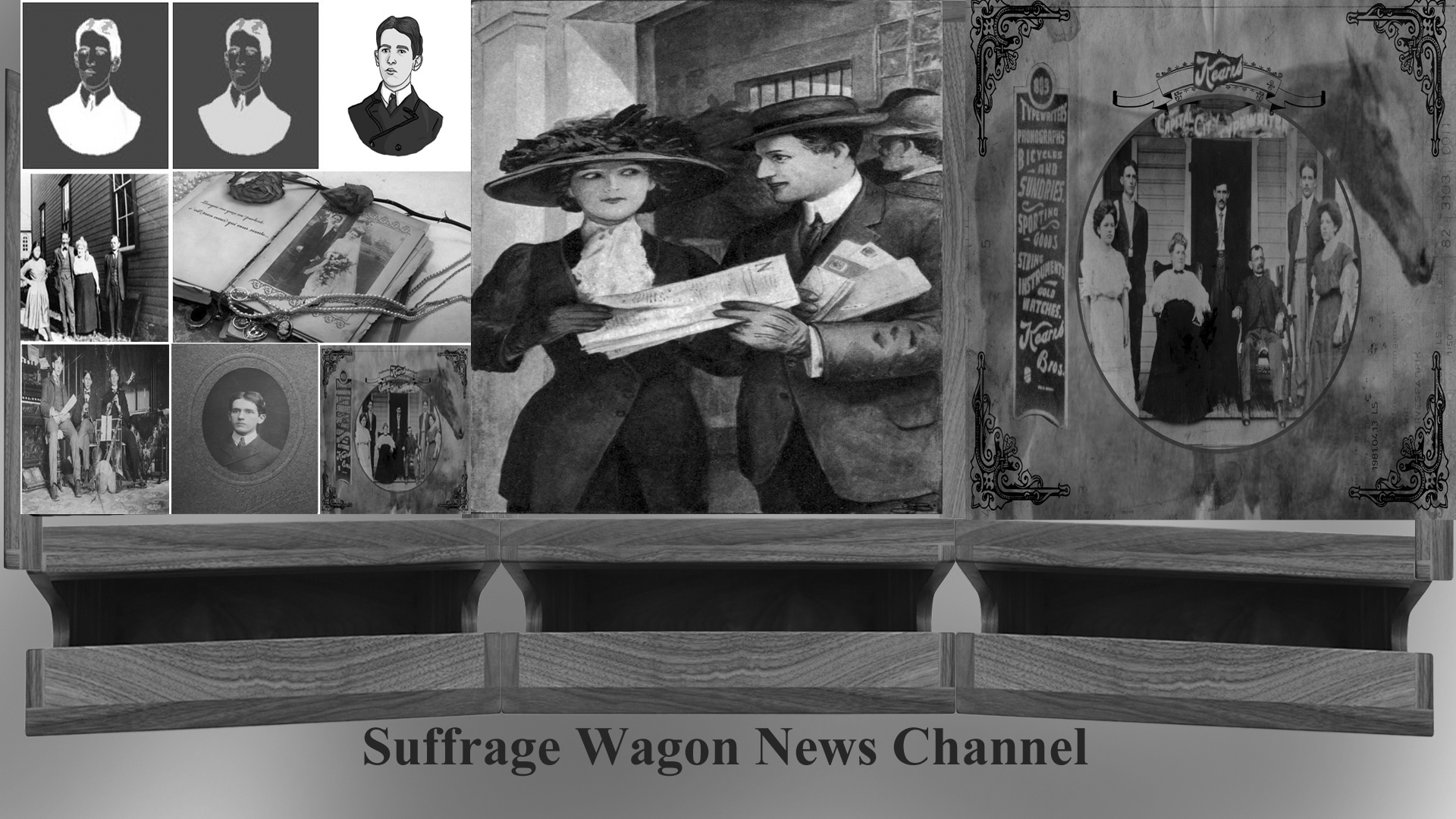
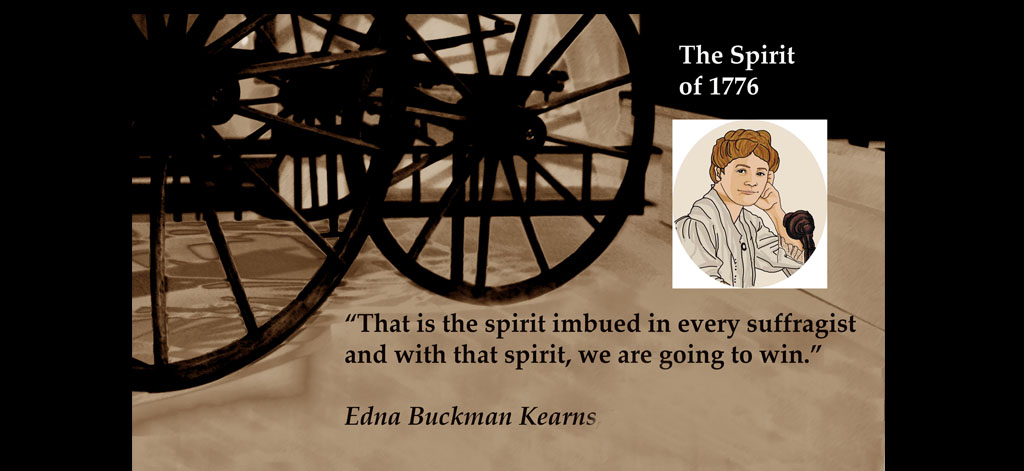
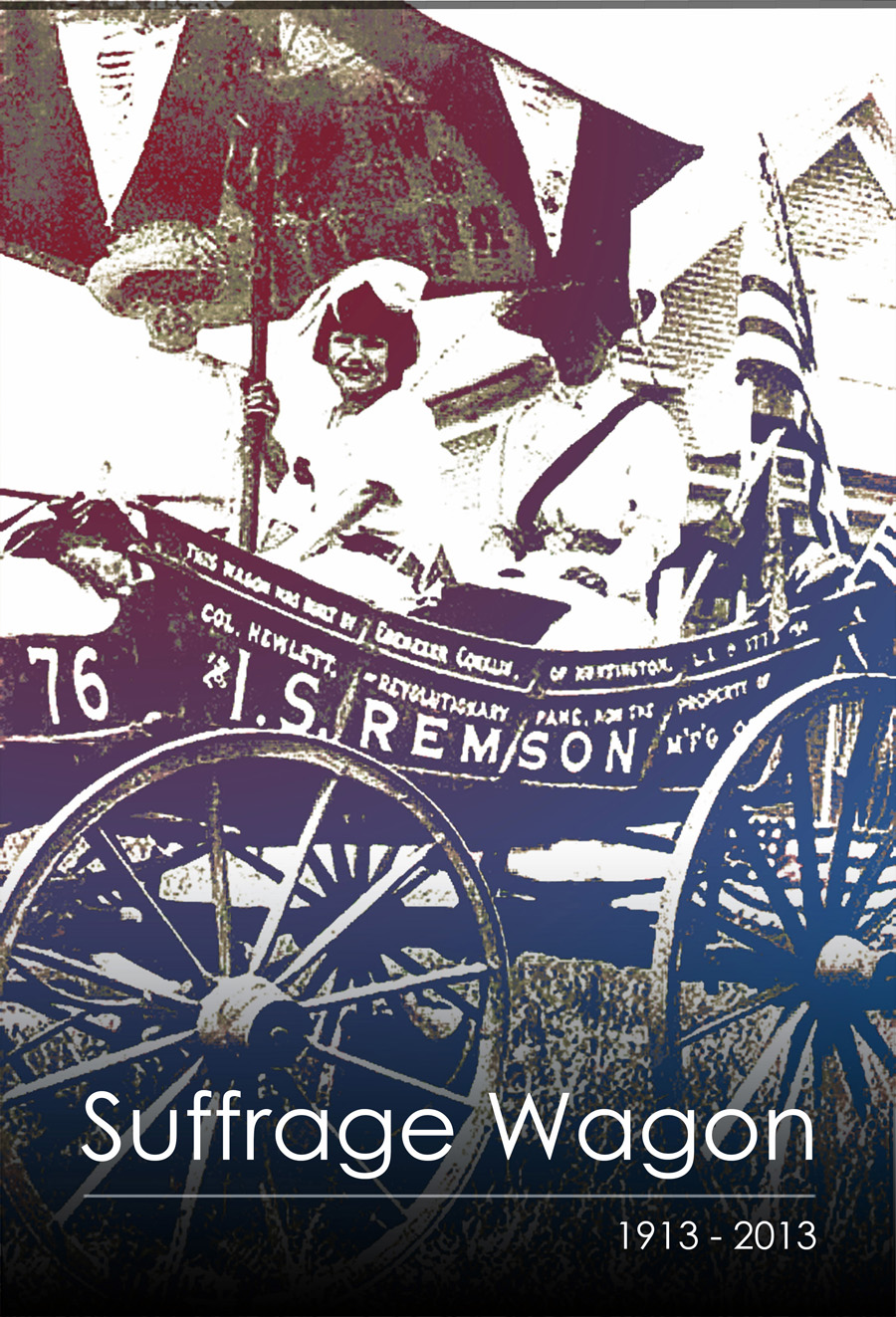
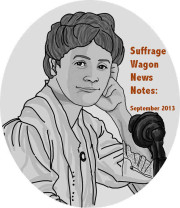
2 Responses
When is New York going to get its women’s trail together? I see that the travel industry is cheering about all the money going in its direction for tourism. We want more than signs and color brochures. Let’s steer some of this in the direction of women’s historic homes and an advertising campaign.
Thanks for posting this. It is most interesting & I can almost hear Mrs. Stanton reading it.